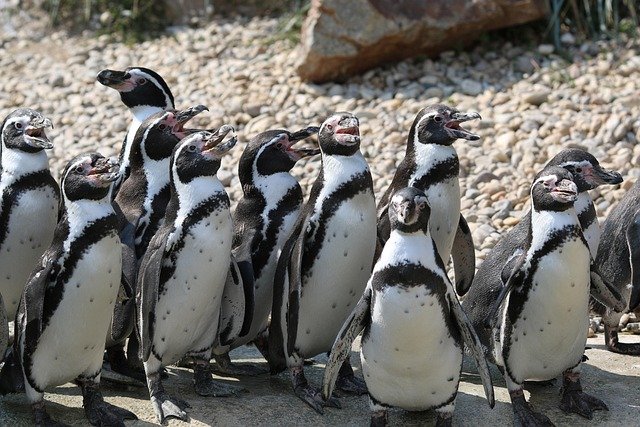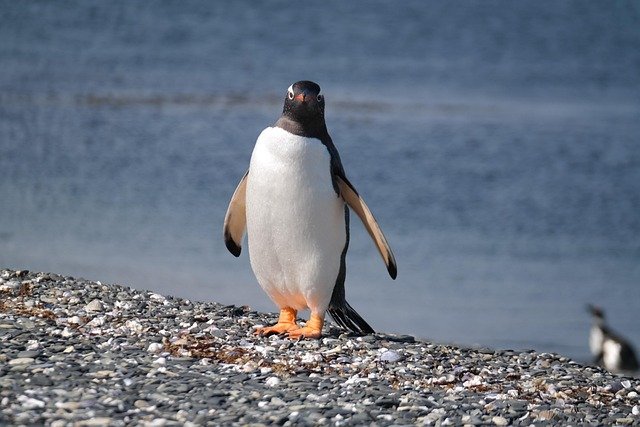**Title: "The Fascinating Social Lives of Penguins: Beyond the Ice"** **Introduction:

The Fascinating Social Lives of Penguins: Beyond the Ice
Penguins are often celebrated for their striking appearance and remarkable adaptations to life in some of the world's harshest environments. However, beyond their iconic waddles and adorable chicks, these flightless birds exhibit some of the most intricate social behaviors in the animal kingdom. In this post, we will explore the complex social structures, communication methods, and communal behaviors of penguins that go far beyond their icy habitats.
The Social Structure of Penguin Colonies
Penguins are highly social animals that thrive in large colonies, sometimes numbering in the thousands. These colonies provide safety in numbers, making it easier to fend off predators and share resources. Among the most well-known species, such as the Emperor and Adélie penguins, social hierarchies can emerge, with dominant individuals often receiving preferential access to food and mates.
Communication: The Language of Penguins
Penguins have developed a rich array of vocalizations and body language to communicate with one another. From the distinctive braying call of the African penguin to the gentle cooing of the Gentoo, each species has its own unique sounds that play a crucial role in mate selection, territory defense, and chick-rearing. Additionally, penguins use physical displays, such as flipper waving and head bobbing, to convey messages and establish social bonds.
Parenting and Cooperative Care
One of the most fascinating aspects of penguin social life is their parenting strategies. Many species engage in cooperative breeding, where multiple adults work together to care for the young. This communal effort not only increases the survival rates of chicks but also strengthens social ties within the colony. For instance, Emperor penguins take turns incubating their eggs and foraging for food, showcasing a remarkable level of cooperation and trust.
Social Bonds and Relationships
Penguins form strong social bonds that extend beyond mere reproductive partnerships. They engage in behaviors such as preening, which helps maintain their feathers and reinforces social connections. Additionally, penguins often engage in playful activities, such as sliding on ice or swimming together, which further strengthens their social bonds and fosters a sense of community.
Conclusion
The social lives of penguins are a testament to the complexity and richness of animal behavior. Their intricate communication, cooperative parenting, and strong social bonds not only contribute to their survival in challenging environments but also highlight the importance of social structures in the animal kingdom. As we continue to study these fascinating creatures, we gain deeper insights into the dynamics of social life beyond the ice, reminding us that even in the coldest habitats, warmth can be found in community and connection.
